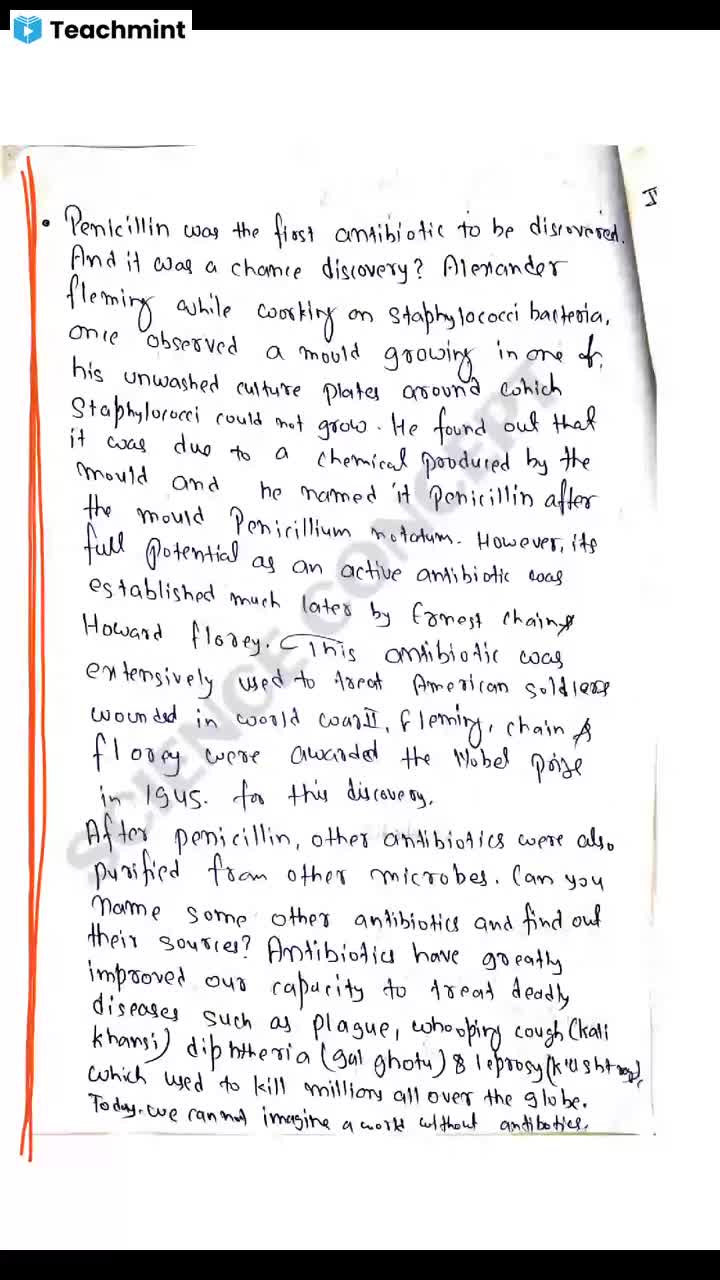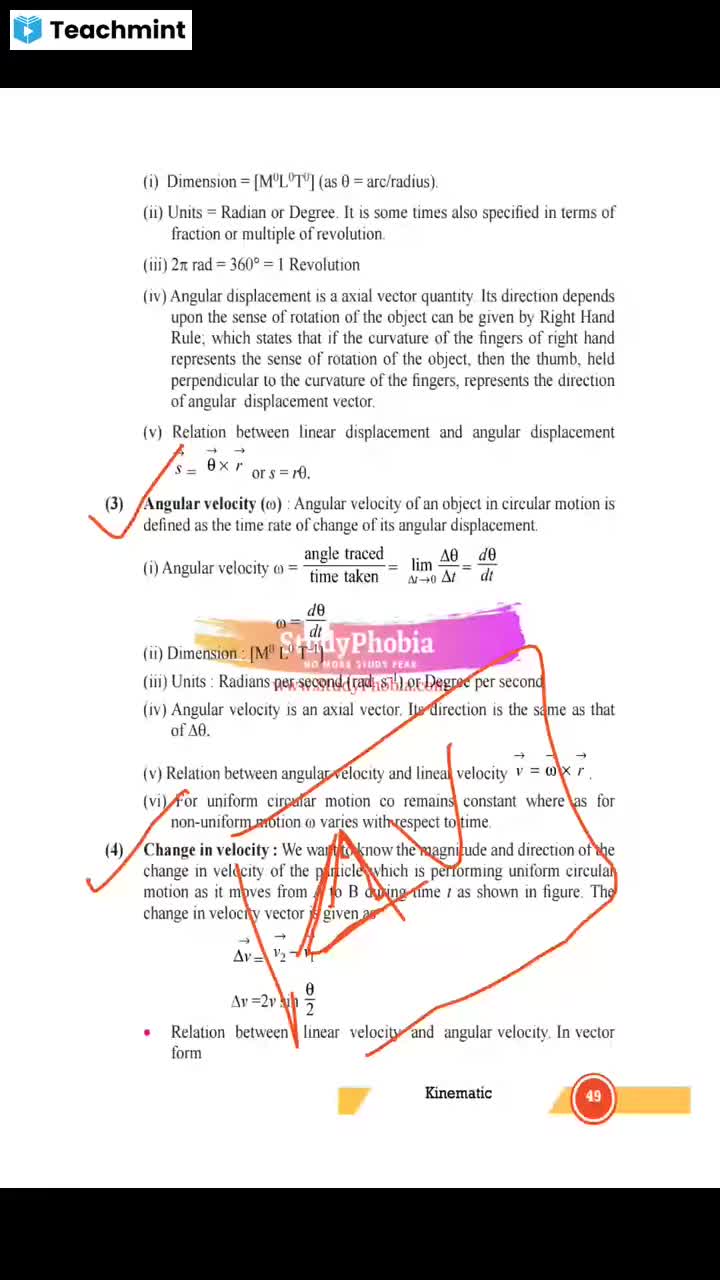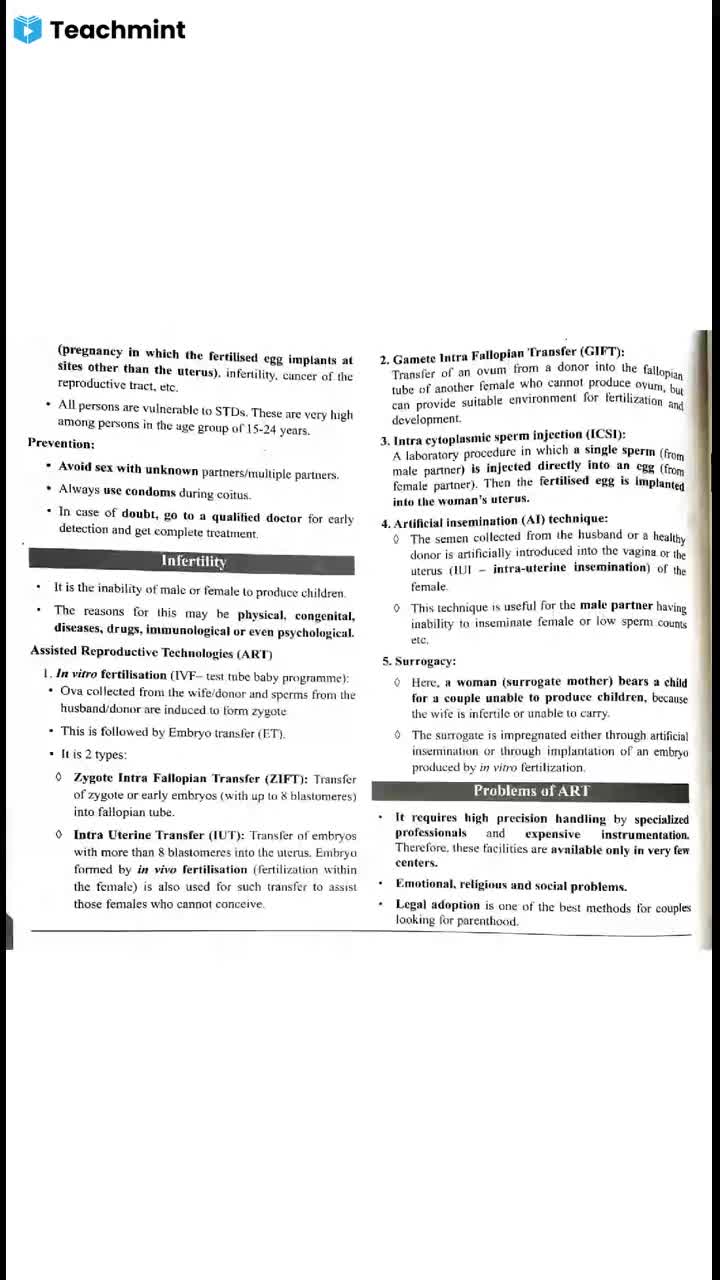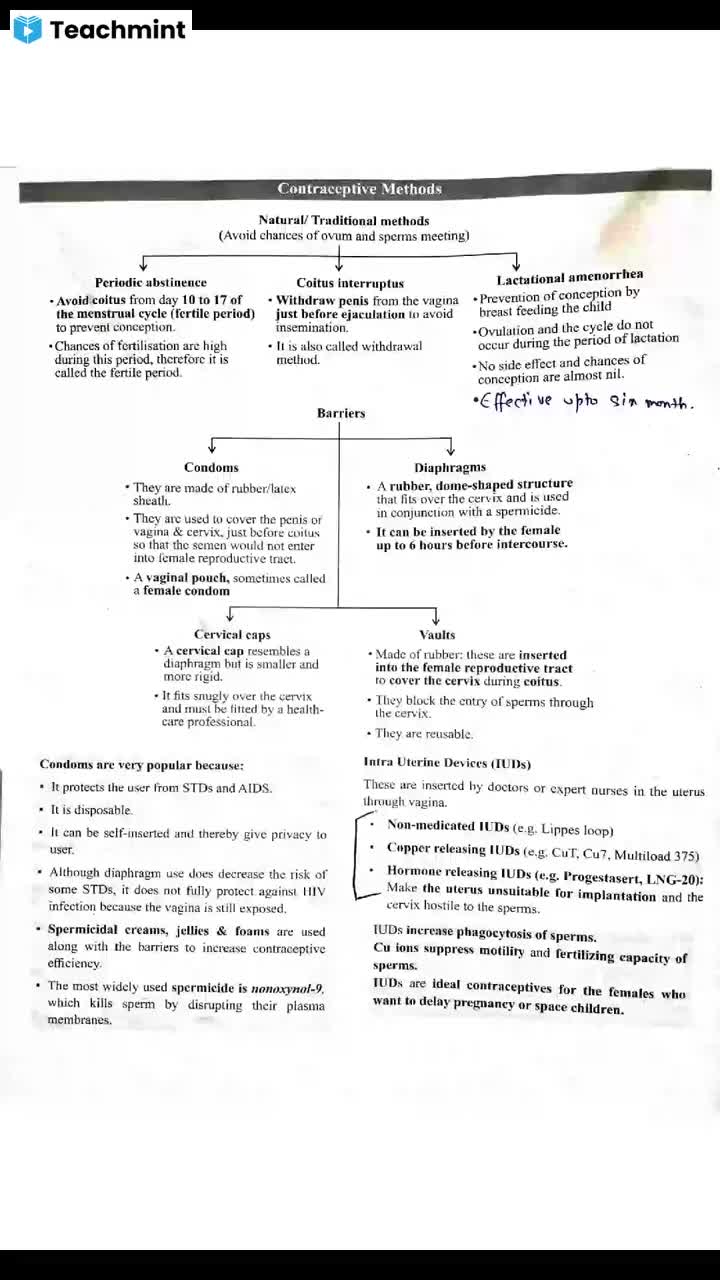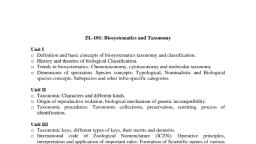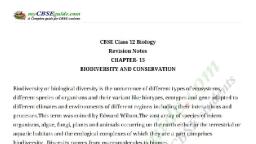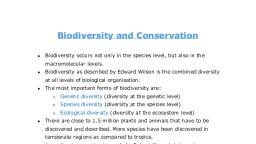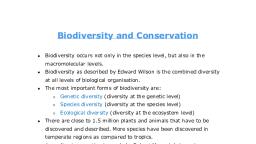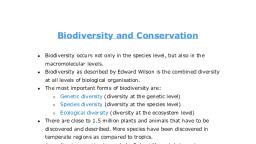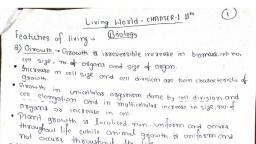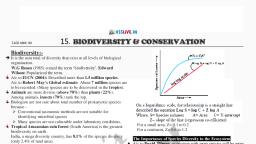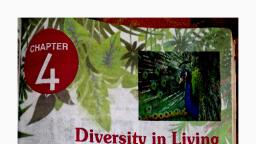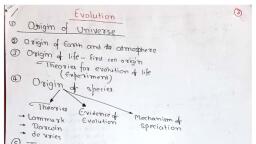Page 4 :
To predit> Total mu f sperieg - tempedate- topicad degion, consider 8 data is Entopolate, Many scientist gave their am predictiom(20-30 million, correct observation Hobont May (7 million, only appoon pritent, If an alien from a distant galaxy were to visit our planet, Earth, the first thing that would amaze and baffle him, would most probably be the enormous diversity of life, that he would encounter. Even for humans, the rich variety, of living organisms with which they share this planet never, ceases to astonish and fascinate us. The common man, would find it hard to believe that there are more than, 20,000 species of ants, 3,00,000 species of beetles, 28,000, species of fishes and nearly 20,000 species of crchids., Ecologists and evolutionary biologists have been trying, to understand the significance of such diversity by asking, important questions- Why are there so many spectes?, Did such great diversity exist throughout earth's history?, How did this diversification come about? How and why, is this diversity important to the biosphere? Would it, function any differently if the diversity was much less?, How do humans benefit from the diversity of life?, 15.1 BIODIVERSITY, In our biosphere immense diversity (or heterogeneity), exists not only at the species level but at all levels of, biological organisation ranging from macromolecules, within cells to biomes. Biodiversity is the term popularised, by the sociobiologist Eaward Wilson to uescribe the
Page 5 :
combined diversity at all the levels of biological organisation., The most important of them are-, {1) Genetic diversity: A single species might show high diversity at, the genetic level over its distribntional range. The genetie variation, shown by the medicinal plant Rauwolfia vomitoria growing in, different Himalayan ranges might be in terms of the potency and, concentration of the active chemical (reserpine) that the plant, produces. India has more than 50,000 genetically different strains, of rice, and 1,000 varieties of mango., (ii) Species diversity: The diversity at the species level, for example,, the Western Ghats have a greater amphibian species diversity than, the Eastern Ghats., (iii) Ecological diversity: At the ecosystem level, India, for instance,, with its deseris, rain forests, mangroves, coral reefs, weilands., estuaries, and alpine meadows has a greater ecosystem diversity, than a Scandinavian country like Norway., It has taken millions of years of evolution, to accumulate this rich, diversity in nature, but we could lose all that wealth in less than two, centuries if the present rates onf species losses continue. Biodiversity and, its conservation are now vital environmental issues of international concern, as more and more people around the world begin to realise the critical, importance of biodiversity for our survival and well- being on this planet., 15.1.1 How Many Spccies are thcre on Earth and How, Many in India?, Since there are published records of all the species discovered and named,, we know how many species in all have been recorded so far, but it is not, easy to answer the question of how many species there are on earth., According to the internationai Union for Conservation of Nature and, Natural Resources (IUCN) (2004), the total number of plant and animal, species described so far is slightly more than 1.5 million, but we have no, clear idea of how many species are yet to be discovered and described., Estimates vary widely and many of them are only educated guesses. For, many taxonomic groups, species inventories are more complete in, temperate than in tropical countries. Considering that an overwhelmingly, large proportion of the species waiting to be discovered are in the tropics,, biologists make a statistical comparison of the temperate-tropical species, richness of an exhaustively studied group of insects and extrapolate this, ratio to other groups of animais and plants io come up with a gross, estimate of the total number of species on earth. Some extreme estimates, range from 20 to 50 million, but a more conservative and scientifically, SOMnd-ca teade by Robert May places the global species diversity, at about 7 million.





